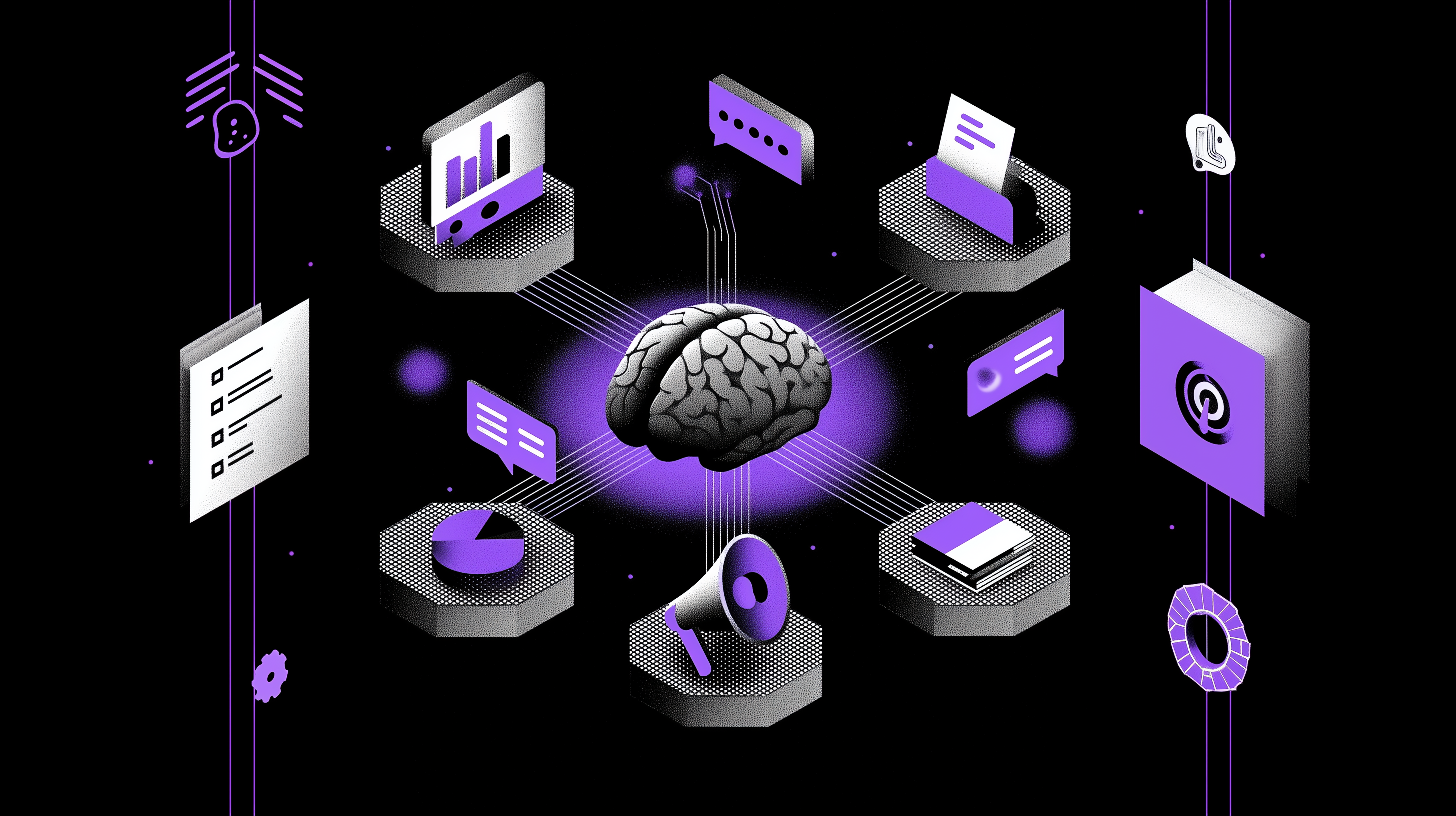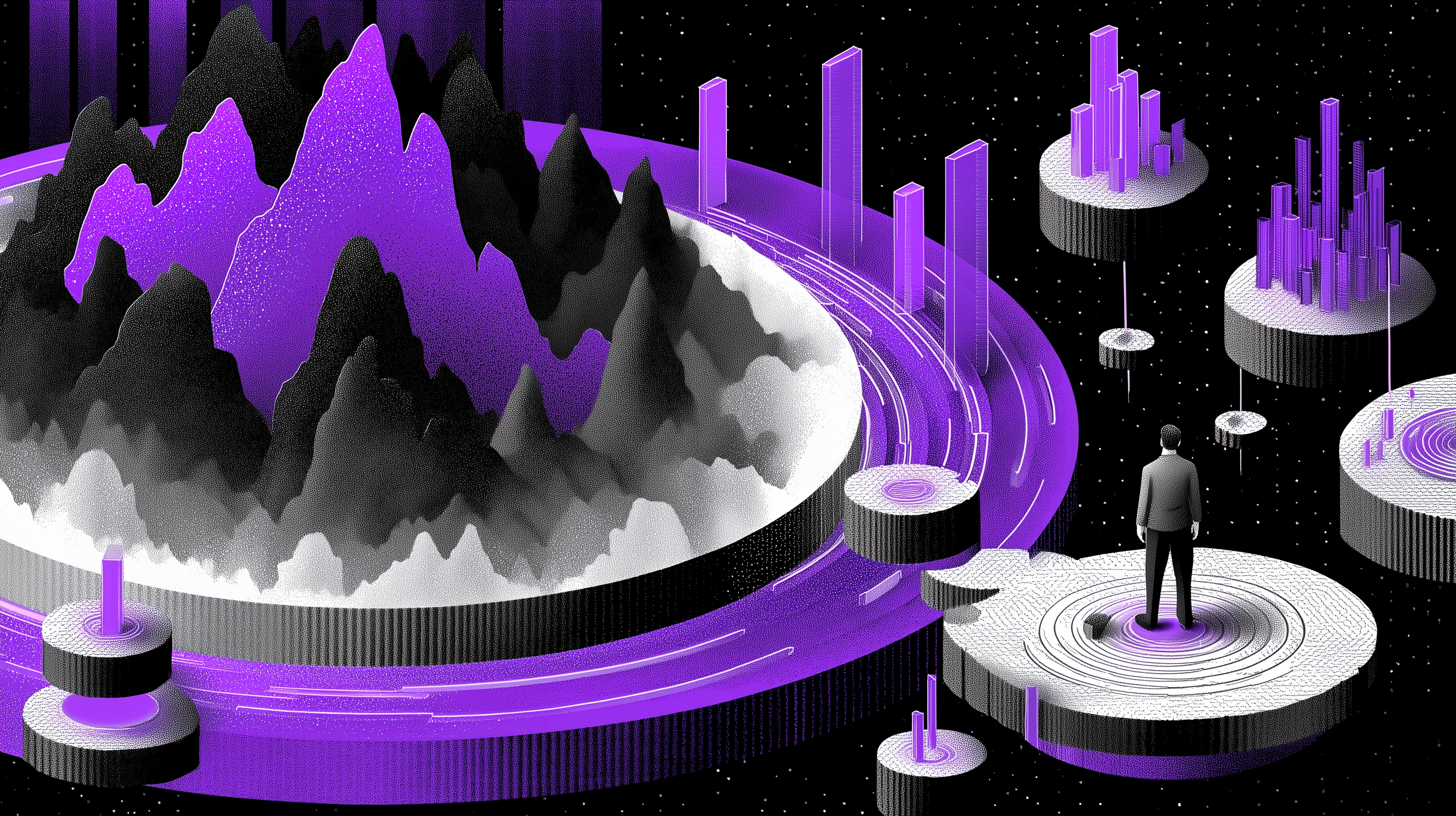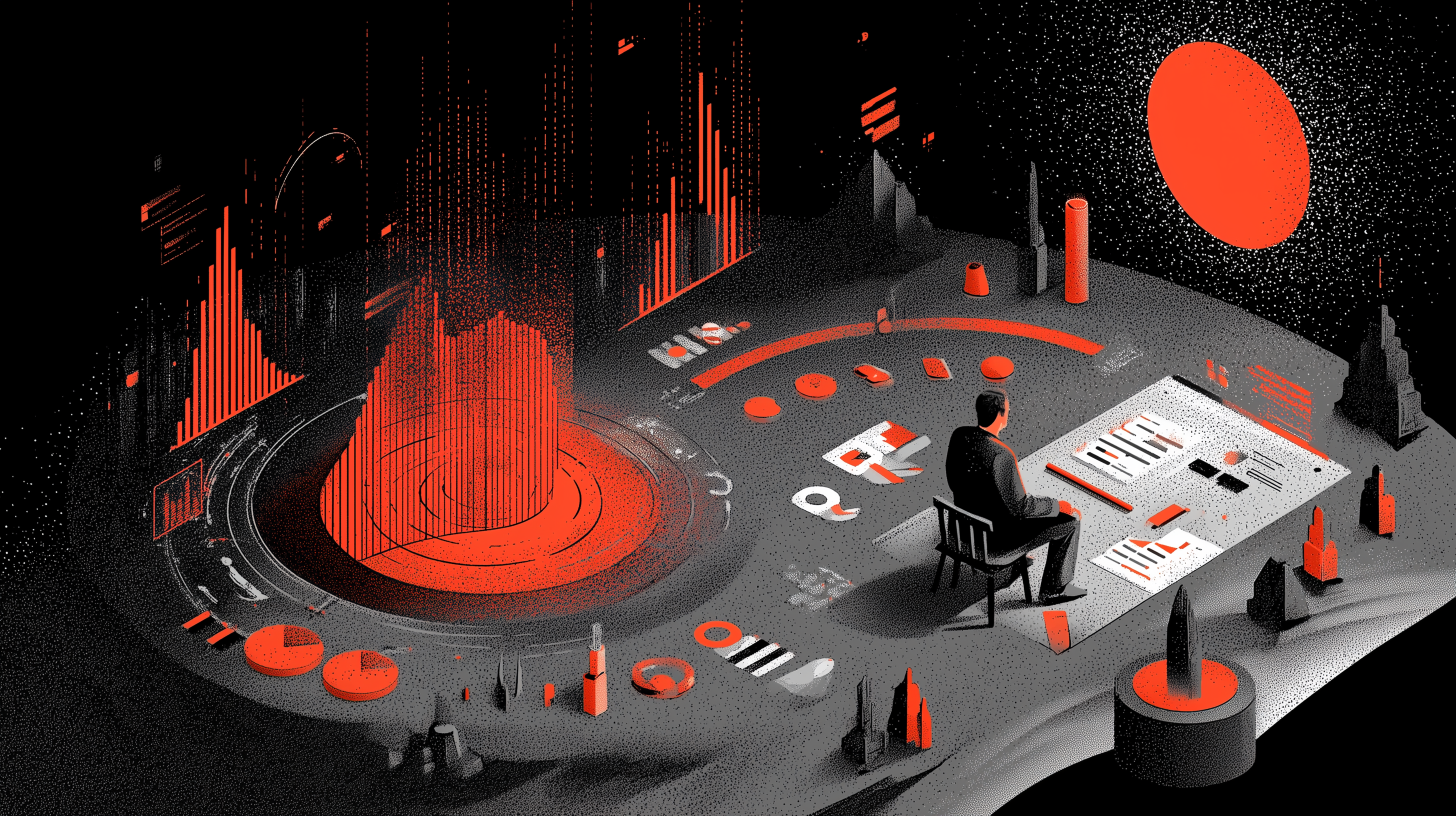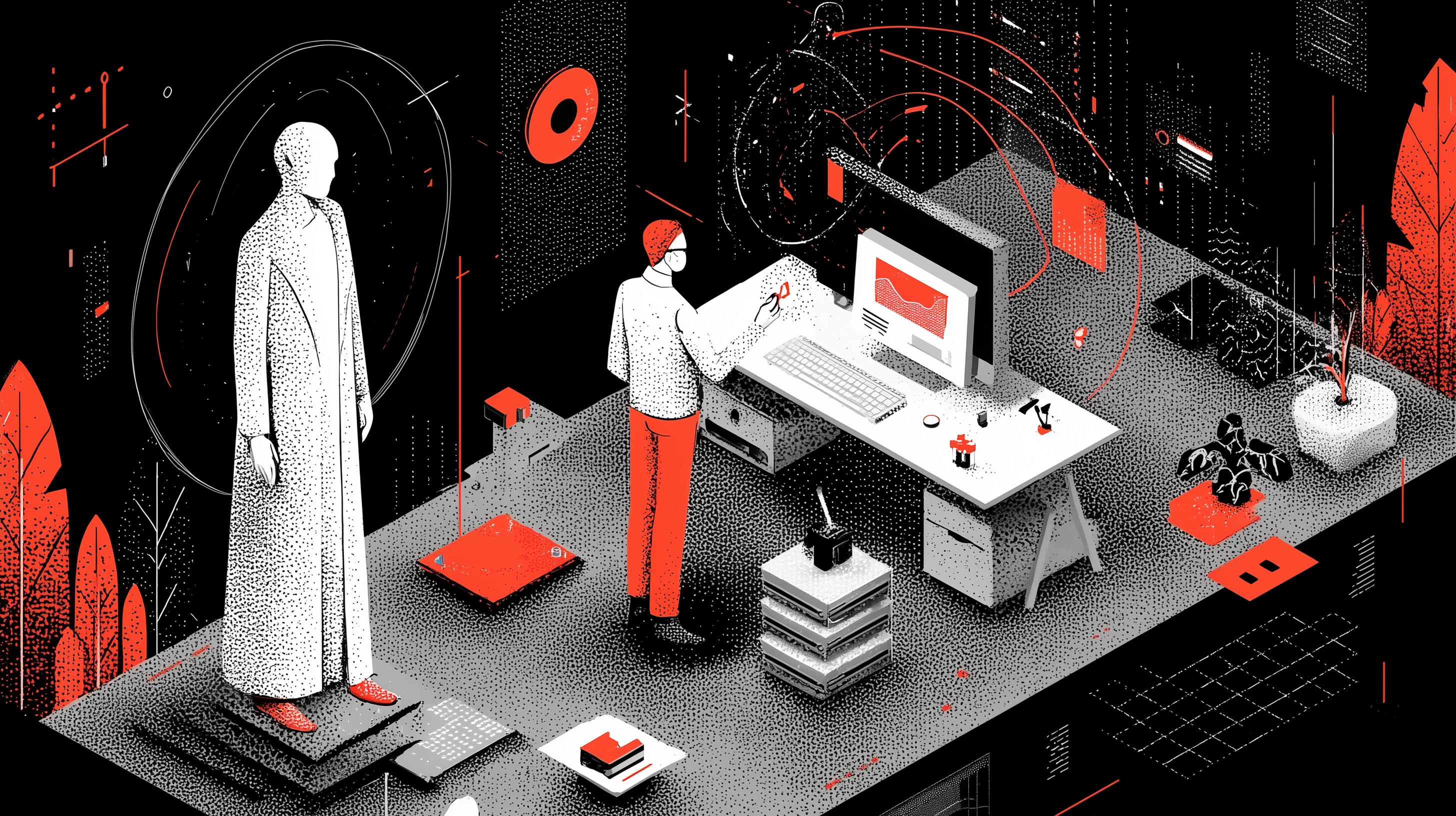Centralization and intelligence: AI at the heart of new marketing collaboration

Centralization, AI and Collaboration: How Brands Are Reorganizing Their Marketing Workflows Around Intelligent Data
From Tool Chaos to Unified Data: How AI Reinvents Marketing Collaboration
Marketing has become a fragmented ecosystem. Scattered data, multiple tools, and complex processes cause teams to spend more time coordinating actions than creating value.
Artificial Intelligence (AI) is gradually changing this dynamic. By centralizing data and streamlining information flow, it enables more efficient, measurable, and coherent collaboration.
This article explores how AI is becoming a structural pillar of collaboration.
Why Centralization and AI Redefine Marketing Collaboration
In most organizations, collaboration between marketing, data, creative, and media departments remains a daily challenge. Tools don’t always communicate, data is scattered, and decisions are often made from partial information.
Centralizing data and integrating AI into collaborative tools provide a concrete solution to this issue. The goal isn’t to automate everything, but to streamline coordination between teams and make information accessible and actionable in real time across all organizational levels.
This pragmatic approach fosters genuine synergy between data, creativity, and strategy. Teams can base their actions on a shared, clearer, and more unified vision.
According to The State of AI 2025 report by McKinsey & Company, companies that have redesigned their marketing processes around AI report “measurable efficiency gains in decision-making and campaign planning.”
How AI Supports Smoother Collaboration
AI is now embedded into marketers’ daily tools CRMs, project management platforms, analytics software without disrupting workflows. It acts as an analytical and coordination assistant serving the teams.
Three main contributions stand out:
1. Centralization and Shared Visibility
Data from various tools (CRM, campaigns, social networks) is gathered in a single interface. Each team accesses the same real-time information, avoiding duplication and improving campaign consistency.
2. Decision Support
AI algorithms analyze data to identify trends and behaviors. They help marketers better understand performance and adjust strategies faster.
3. Time Savings and Creative Refocus
By automating repetitive tasks (reporting, scheduling, tracking), AI frees time for higher-value missions: strategy, storytelling, and innovation.
This is precisely the philosophy behind MTM, a creative project management platform powered by artificial intelligence.
MTM is an integrated, AI-driven creative project management platform designed to help teams create and produce content faster and more easily.
The platform combines generative AI, asset management, collaborative annotation, and deliverable tracking to centralize content production in one workspace.
It illustrates how AI can accelerate coordination while preserving a strong human and creative dimension within marketing workflows.
The New Dynamics of Collaboration in the AI Era
The adoption of artificial intelligence doesn’t just transform marketing tools — it profoundly changes how teams work. By automating part of the technical workload, AI gives teams more time to focus on human-value activities: strategic thinking, creativity, coordination, and data interpretation.
This evolution introduces new collaborative practices:
- Teams rely on shared dashboards where data is centralized and accessible to everyone, without needing technical mediation.
- Managers develop hybrid skills, capable of communicating with both creative teams and analytical tools.
- Workflows become iterative and transparent: every action is measurable, and every decision traceable.
According to Forbes (2025), collaboration between humans and AI “is not about replacing professionals, but about complementing their skills by improving decision-making and organizational responsiveness.”
Meanwhile, McKinsey (2025) notes that organizations that redesigned their workflows around AI — promoting data transparency and shared accountability — “are those seeing the strongest performance gains and fastest execution.”
The report adds that “process redesign is the factor most strongly correlated with AI’s positive impact on organizational performance.” (McKinsey – The State of AI 2025)
AI therefore doesn’t replace human collaboration — it becomes its catalyst. By removing technical friction, it enables marketing, data, and creative talents to collaborate on a shared, clear, and measurable foundation.
Measurable and Realistic Results
Companies adopting this approach report tangible benefits:
- Reduced coordination time between departments.
- Improved brand consistency.
- Faster decision-making through consolidated data.
- Better campaign traceability.
- Higher ROI on multichannel activations.
A Coordination Technology, Not a Revolution
AI isn’t a disruptive break but a coordination technology. It connects people, tools, and data within a single workspace.
Artificial intelligence becomes a true large-scale coordination technology, capable of assisting teams without replacing them.
The future of marketing collaboration won’t be fully automated but augmented — more connected, more transparent, faster, and always profoundly human.
Toward Augmented Marketing: AI as a Driver of Collective Intelligence
Centralizing data and integrating AI into collaborative processes make marketing more agile, precise, and coherent. Brands adopting this approach aren’t replacing their teams — they’re giving them better tools to work together.
The challenge is no longer technological but organizational: creating a culture where data, technology, and people collaborate in harmony.
AI thus becomes a true catalyst for collective intelligence.
FAQ
1. What is centralized marketing collaboration?
It’s an organization where all marketing data and teams work on shared tools and common objectives.
2. What role does AI play in this collaboration?
AI analyzes data, identifies trends, and automates certain tasks to speed up decision-making.
3. Are companies really using AI today?
Yes. According to McKinsey (2025), 78% of organizations have integrated it into at least one business function.
4. What tangible benefits are observed?
Better coordination, improved ROI, a unified vision, and faster decisions.
5. What precautions should be taken?
Monitor data quality, regulate AI usage, and maintain clear human governance.
Sources :
Other Posts

Where should applied ai intervene to maximize the impact of marketing campaigns ?

How AI agentizes market data to write strategic pre-creation recommendations.

